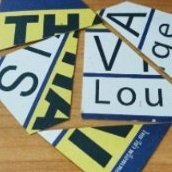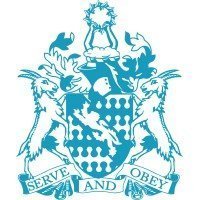Electric buses to ply Bangkok streets
-
Recently Browsing 0 members
- No registered users viewing this page.
-
Topics
-
-
Popular Contributors
-
-
Latest posts...
-
12
UK Gender Rule Showdown: Legal Clash over Schools and Prisons
But they are, it's called Biological sex Male Female And about 0.00005 of the population are born True Hermaphrodities. There are no other biological sexes. Little Billy, who plays with dolls at 3 years old, is not a transgender. Just like little Katie, who likes to play football at 4 years old, is not a transgender. You used the terms, because the human species only has 2 biological sexes, male and Female. As you highlighted brilliantly, in your 4 bullet points. -
1
‘We are arresting the mayor right now, per the deputy attorney
Oooh, big bad agents can't stand up to a girl! -
99
Bank account frozen
Exactly, but, the think is, he is not 1400km from his bank" -
74
Crime Aussie Caught Smuggling 4.26kg of Ice at Suvarnabhumi Airport
Worth reading this - I bet most of you are not fully aware as to how much info the Immigration officers have on you. Even before you get to the airport they have received a whole slew of info about the passengers on the flight - which includes "how the passenger paid for the ticket" which in the case of drug mules is often a ticket paid for by someone else, which raises a red flag. https://www.stuff.co.nz/travel/360767350/what-border-officials-can-see-about-you-when-they-scan-your-passport -
8
Health Insurance for Long-Term Stays in Thailand: Key Facts
Or you can wait wait 5 minutes in private hospital and pay 900b. How much would the bill be in your public hospital for say colonoscopy? How much for a stroke where every minute counts? -
117
FBI redacted Trump's name in Epstein files
Why would I be scared? There's nothing to be scared of. The vast majority of material has already been released as the judge recently found. Congress has requested all documents and communications from the case files of Epstein and Maxwell. It also demanded records about communications between Democratic President Joe Biden’s administration and the Justice Department regarding Epstein, as well as documents related to an earlier federal investigation into Epstein in Florida that resulted in a non-prosecution agreement. What Congress will not see is the testimony by Ghislaine Maxwell nor the Grand jury transcripts from the two actual Epstein cases. So it's basically one giant regurgitation effort. Nothing new will come out. The really interesting thing is the Ghislaine Maxwell transcript and the Grand Jury transcripts. None of which will be made available yet.
-
-
Popular in The Pub





.thumb.jpg.3ee24d9400fb02605ea21bc13b1bf901.jpg)



.thumb.jpeg.42eea318e3350459f0aaaa5460326bca.jpeg)

.thumb.jpg.bc523c85a8d558dbc282dca7a2e602c9.jpg)


Recommended Posts
Create an account or sign in to comment
You need to be a member in order to leave a comment
Create an account
Sign up for a new account in our community. It's easy!
Register a new accountSign in
Already have an account? Sign in here.
Sign In Now